Gorillas – Titans of the Forest
Introduction
I would like to start of by first talking about a legendary woman, Dian Fossey, whose sacrifice and determination has helped save the gorilla population from extinction for over 50 years. I am in awe of her perseverance, strength and love for these mighty creatures.
Sir David Attenborough filmed Dian Fossey in the 1970s and this is what he had said:
“If anyone could say they have saved a species, I think Dian could. She would do anything to protect them and if human beings got in the way, too bad. That is not the way to win friends and influence people and in the end she paid the price.”
Dian Fossey’s life ended by way of murder in a remote cabin, where she dwelled in the forest, on Dec. 26, 1985. This tragedy followed her extreme fight against poaching and the intrusion of cattle herding in the gorillas habitat. Her death, efforts to raise funds, led to the first anti-poaching patrols and fortunately, that work now represents 50 years of rigorous protection for gorillas, with continued studies of the mountain gorillas.
In her final journal, Dian Fossey wrote these words: “When you realize the value of all life you dwell less on what is past and concentrate on the preservation of the future.”
Family
Gorillas live in groups of 6-12, and are led by the the oldest and strongest male silverback, who decides where the family will travel each day, when they will eat, and when and where they will stop for the night.
The gorilla populations increase very slowly, as the females in the family, usually have one baby every four years to six years. Females become sexually mature around seven or eight years old, and will give birth to only three or four offspring, throughout their entire lifetime.
Diet
Gorillas are predominantly herbivores and only eat plants that they can find within their habitat, which includes roots, leaves, vines, shoots, stems, grass, herbs, as well as bamboo, celery and even fruit. Their main source of water is from the plants they eat, however, since the vegetation is low in nutrition, gorillas need to eat enormous amounts of it to survive. They can eat in excess of 60 pounds of vegetation each day.
The mountain gorilla, are omnivorous. Apart from vegetation, they also search bamboo or trees to find insects like grubs, ants and snails, to eat for protein.
Characteristics
Gorillas are a type of animal called an ape, which is a large primate that lacks a tail.
Gorillas have fur that is usually black or grey, however each of the four different kinds of gorillas, looks a little bit different.
Male gorillas have silver fur on their backs. Because of this, adult male gorillas are called Silverbacks! They are usually about 6 feet tall, which is as tall as a human adult!
The core of gorillas social life is the connection that a silverback forms with his females.
The younger males outranked by the silverback, are known as blackbacks. Some tend to serve as standby protection. Blackbacks, lack the silver back hair and are aged between 8 - 12 years.
Gorillas have arms that are longer than their legs, and sometimes they walk on all fours which is usually referred to as knuckle walking!
Habitat
Gorillas inhabit forests and swamps throughout Central Africa. They build a new nest, which made of leaves and branches, every night, to rest in. The place of rest or movements of the group are determined by the silverback.
Species
There are four kinds of gorillas, and each species dwells in a different kind of habitat.:
1.The Cross River Gorilla, (Gorilla gorilla diehli), lives in the forests of Africa.
The Cross River gorilla is a subspecies of the western gorilla (Gorilla gorilla). It was named a new species in 1904.Their habitat is threatened by humans who have cleared the forests for timber and for field space for farm animals and agribusiness, and poaching, restricting their habitat to the mountains and hills at the headwaters of the Cross River, Nigeria.
2. The Eastern Lowland Gorilla, lives in the tropical lowland rainforests in Congo, Africa, which usually has a long dry season. Here the prickly trees, shrubs, and plants like cacti, that can store water in their stems, thrive.
Their habitat is threatened by poaching and years of ongoing conflict in the country, which has resulted in a space constraint for the gorillas.
3. The Western Lowland Gorilla,(Gorilla gorilla gorilla), lives in dense rainforests, in several African countries, i.e Central Africa, Gabon, Congo and Equatorial Guniea.
4. The Mountain Gorilla, lives in the mountains of the Congo, Uganda and Rwanda. The gorilla has adapted to survive in this cold environment, at altitudes of 8 000 – 13 000 feet. They weigh over 440 pounds at a height of up to 6 feet tall, with long fur, which helps them keep warm.
The Mountain Gorilla is critically endangered due to poaching and loss of habitat.
The patch of silver fur on the male gorillas back which has earned them the nickname, 'silverbacks’, combined with their lengthy jaws and teeth, as well as their shorter arms and longer fur, differentiate them from the other gorilla species.
Conclusion
The forest of central Africa is the only place in the world where you will find Gorillas, however these magnificent, titans of the jungle are considered endangered, as a result of their decreased population and probability of becoming extinct.
For more on my series on amazing life in the water, on land & astoundingly parading the air, please follow me.
Thank You!
References:
https://en.wikipedia.org/wiki/Gorilla
https://en.wikipedia.org/wiki/Mountain_gorilla
https://en.wikipedia.org/wiki/Eastern_lowland_gorilla
https://en.wikipedia.org/wiki/Western_lowland_gorilla
https://en.wikipedia.org/wiki/Cross_River_gorilla
https://study.com/search/text/academy.html?q=gorollas#/topresults/gorilla
https://gorillafund.org/who-we-are/dian-fossey/dian-fossey-bio/
https://www.mirror.co.uk/tv/tv-news/secrets-mist-new-documentary-investigates-11634793
http://www.telegraph.co.uk/news/earth/wildlife/11138594/Gorillas-fight-over-single-ripe-tomato.html
http://www.gorillas-safaris.com/what-do-mountain-gorillas-eat/
All images are linked to their sources.

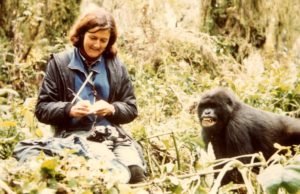
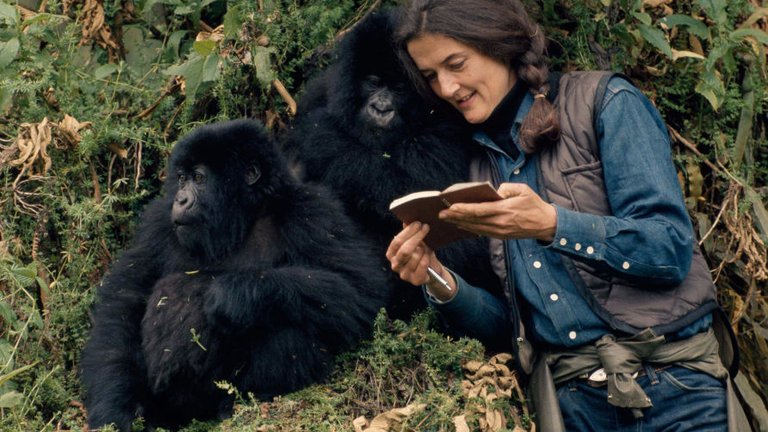
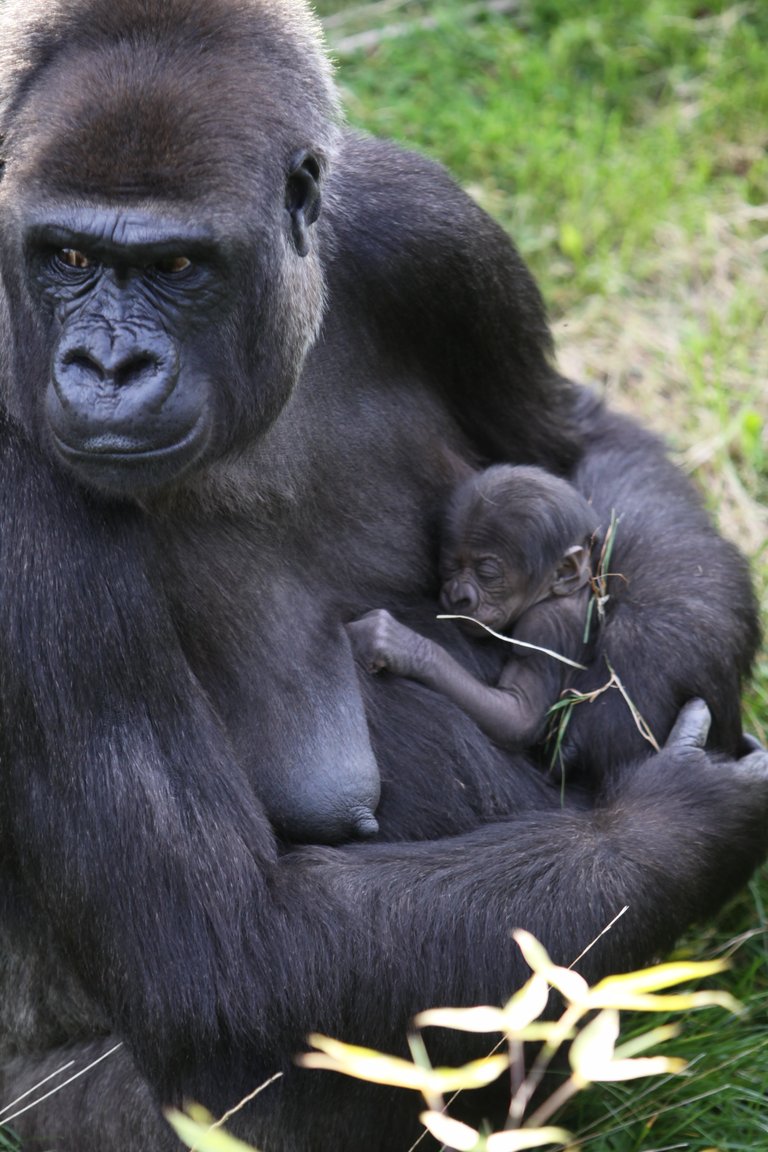

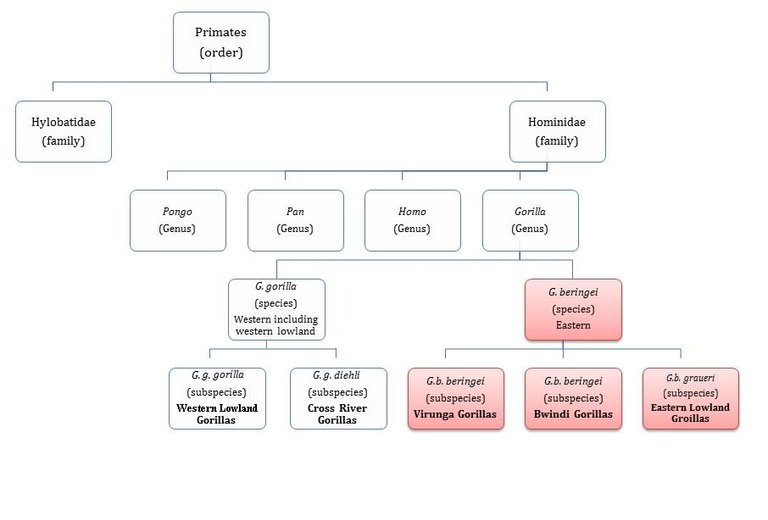
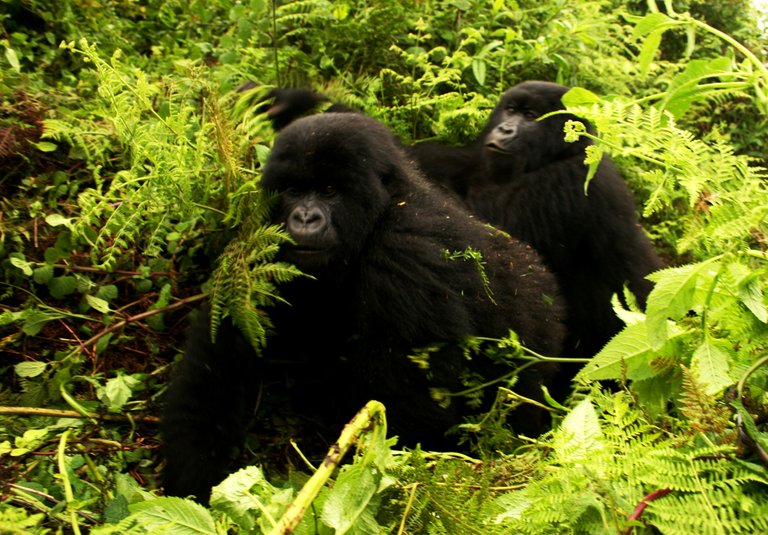

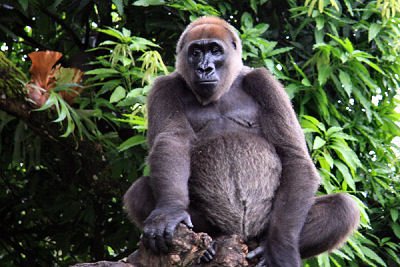

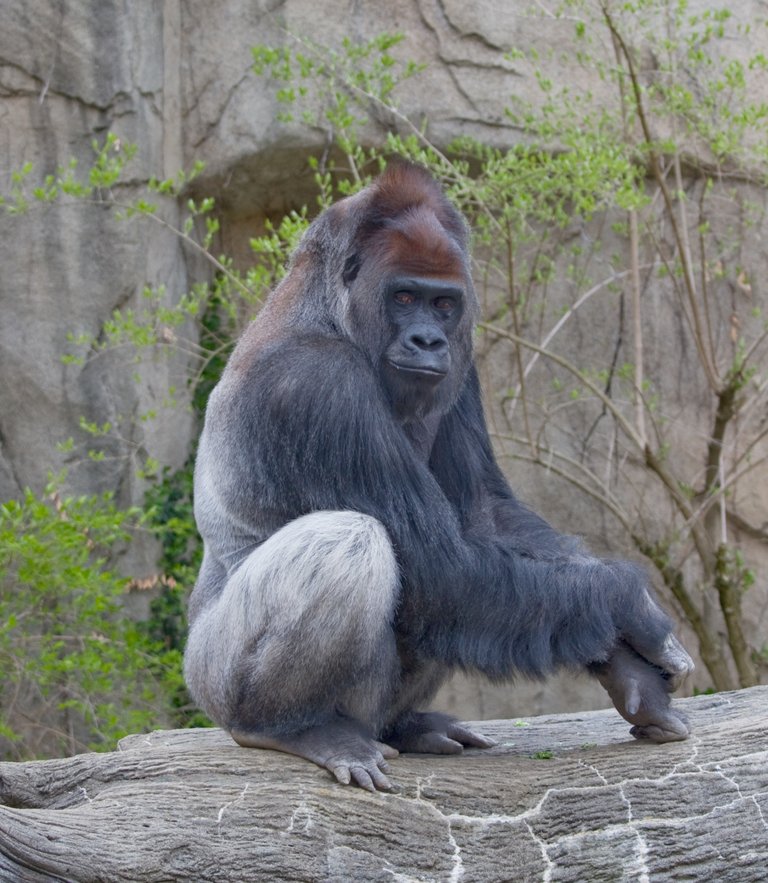
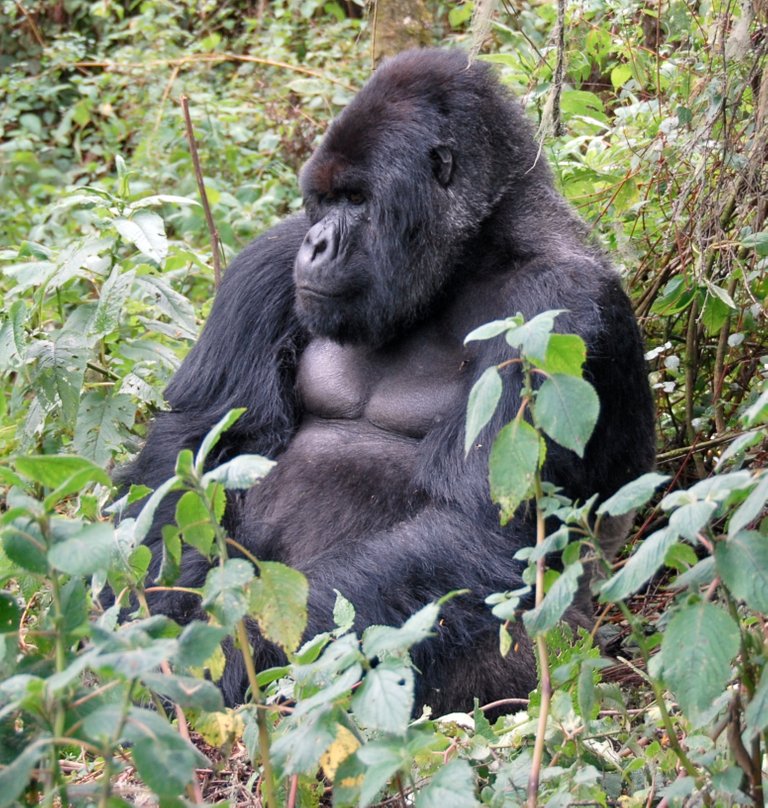

I remember to tarzan hihi ^^
lol, I love Tarzan :)
Being A SteemStem Member
Thank You @steemstem-bot!